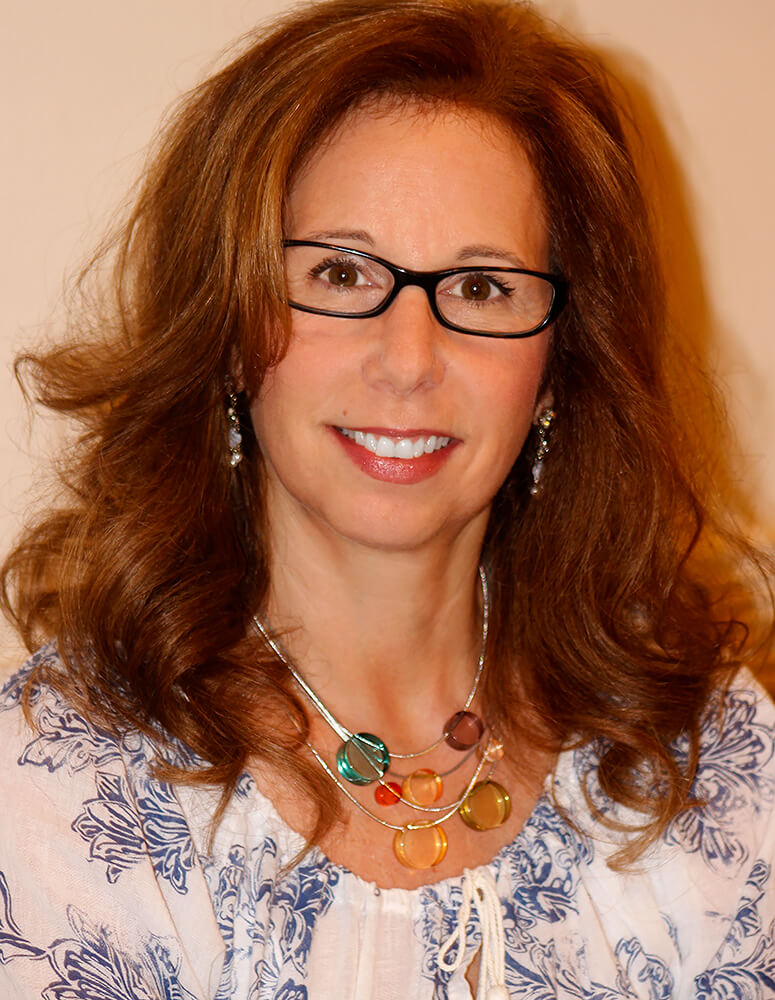Ellen Stern was a fashion photographer in New York and Milan working for magazines, designers and advertising agencies. She was adjunct faculty at the Maryland Institute College of Art teaching the summer photography program in Paris, France. Since 2008, Stern has been Associate Professor at Lynn University in Boca Raton, Florida.
Statement:
I lived in my beloved Paris, taught and traveled throughout the city via the underground subway system, the Metro. One day, I noticed a French worker shaving down a wall with decaying layers of plastered images – ads upon ads, notices upon notices – stripped this way and that revealing unexpected color, beauty and harmony. I couldn’t take my eyes off of this compilation of images. The subway train arrived and I left but I couldn’t get this mysteriously compelling image out of my head. Later that day, I went back and photographed what a passerby would consider “visual trash.” In the days, months and years that have followed, I have been drawn back to Paris spending countless hours in the underground tunnels in search of and in photographing these images.
AAP Magazine 35 Colors